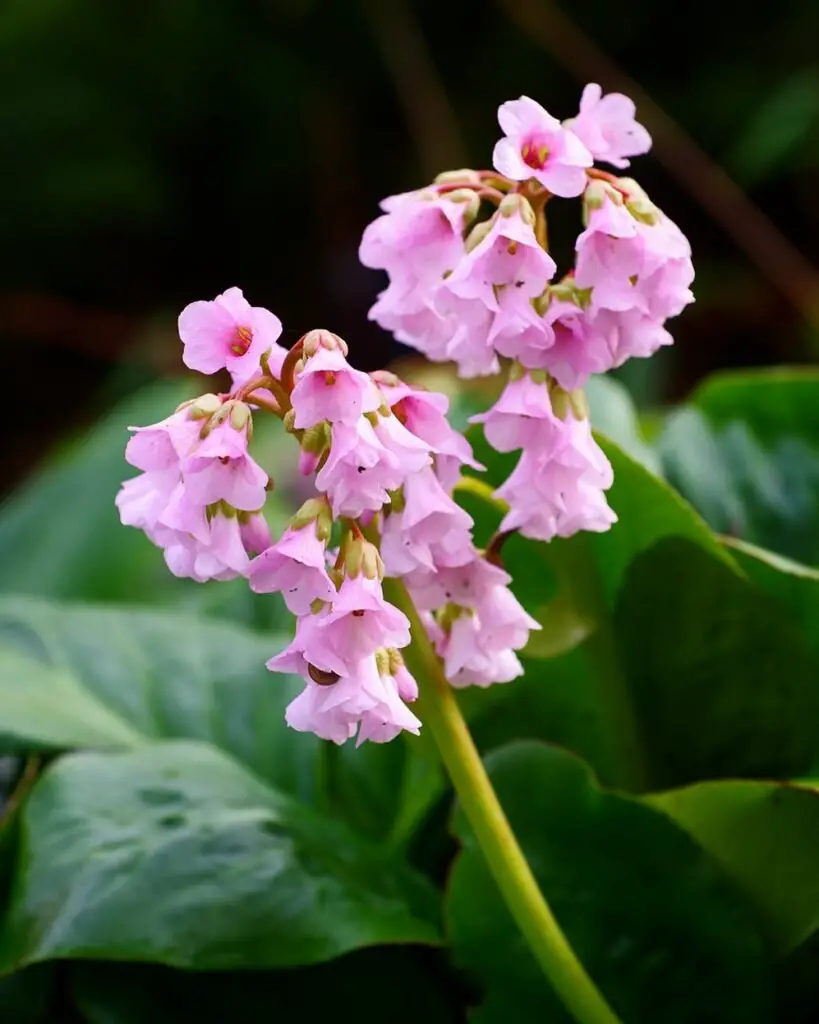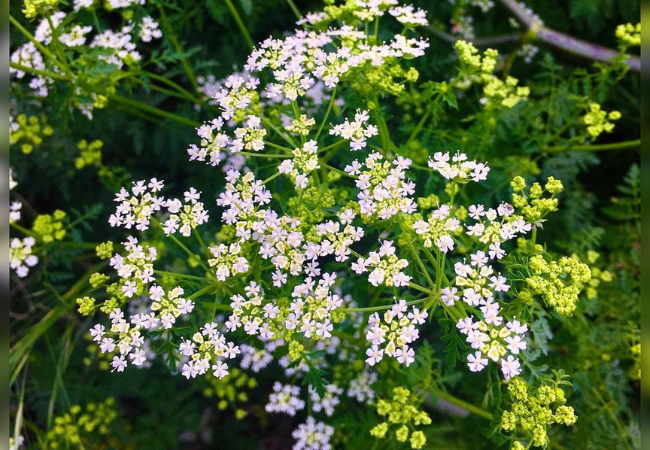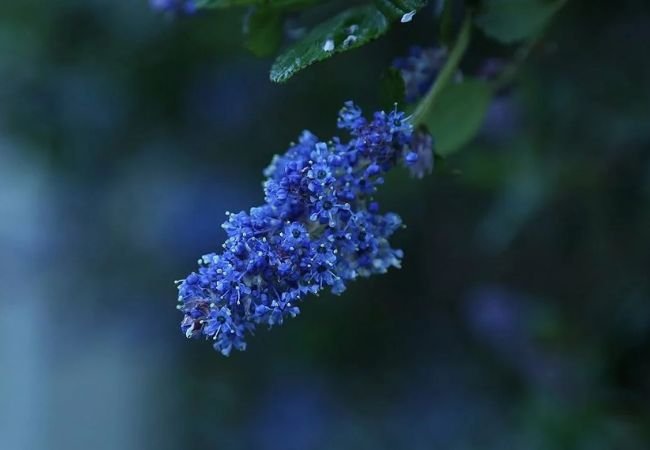Discover the beauty and benefits of Bergenia flowers. Learn how to grow and care for these hardy perennials, their uses in gardens, and interesting facts about their history and characteristics. Perfect for USA gardeners looking to add low-maintenance, attractive plants to their landscapes.
Bergenia, often called Pigsqueak or Elephant’s Ears, is a tough and attractive plant that many gardeners in the USA love. These flowers are easy to grow and can make your garden look great all year round. In this article, we’ll talk about everything you need to know about Bergenia flowers, from how to grow them to why they’re good for your garden.
Here’s an easy and verified chart for Bergenia:
| Category | Details |
|---|---|
| Botanical Name | Bergenia cordifolia |
| Common Name | Bergenia, Elephant’s Ears |
| Plant Type | Herbaceous perennial |
| Hardiness Zone | Zones 3-8 |
| Sun Exposure | Part shade to full shade |
| Soil Type | Well-draining, fertile soil; tolerates clay soil |
| Watering Needs | Average; prefers moist soil |
| Growth Habit | Clumping, spreading |
| Height/Spread | 1-2 feet tall, spread of 1-2 feet |
| Special Features | Thick, leathery leaves; pink to purple flowers in early spring; evergreen foliage in mild climates; deer and rabbit resistant; drought tolerant once established; suitable for ground cover and borders |
What is Bergenia?

Bergenia is a type of flowering plant that belongs to the saxifrage family. It’s known for its large, round leaves and clusters of pink or white flowers that bloom in spring. Bergenia plants are native to central Asia but grow well in many parts of the USA.
Types of Bergenia
There are several types of Bergenia. Some common ones are:
- Heartleaf Bergenia (Bergenia cordifolia)
- Winter Glow Bergenia (Bergenia ‘Winterglut’)
- Elephant’s Ears Bergenia (Bergenia crassifolia)
You can find more information about different Bergenia varieties to choose the best one for your garden.
How to Grow Bergenia
Growing Bergenia is pretty easy if you follow these steps:
- Choosing a Spot: Bergenia likes partial shade to full sun. It can grow in many types of soil.
- Soil: It grows best in well-drained soil. Bergenia can handle poor soil but likes it rich.
- Planting: Spring or fall are good times to plant Bergenia. Space plants about 12-18 inches apart.
- Watering: Water regularly when the plant is young. Once established, Bergenia is drought-tolerant.
- Fertilizing: Bergenia doesn’t need much fertilizer. A light application in spring is enough.
For more detailed growing instructions, check out this Bergenia growing guide.
Caring for Bergenia
To keep your Bergenia healthy:
- Pruning: Remove dead or damaged leaves in spring. Cut off flower stalks after blooming.
- Dividing: Every 3-4 years, dig up and divide crowded plants in spring or fall.
- Winter Care: In cold areas, leave the leaves on the plant for winter protection.
Using Bergenia in Your Garden
Bergenia is great for:
- Ground cover
- Rock gardens
- Border plants
- Woodland gardens
It looks nice with other shade-loving plants like hostas and ferns.
Benefits of Bergenia
Bergenia isn’t just pretty. It has other benefits too:
- Evergreen: In many areas, Bergenia keeps its leaves all year, adding winter interest.
- Deer Resistant: Deer usually don’t eat Bergenia, making it a good choice if deer are a problem in your area.
- Drought Tolerant: Once established, Bergenia can handle dry periods well.
- Low Maintenance: Bergenia doesn’t need much care once it’s established.
Interesting Facts About Bergenia
- The name “Pigsqueak” comes from the sound the leaves make when rubbed together.
- In some traditional medicines, Bergenia is used to treat various health issues.
- The leaves of some Bergenia types turn red or purple in fall and winter.
Common Problems and Solutions
Bergenia is generally a hardy plant, but it can sometimes have issues:
- Slug Damage: Slugs can eat the leaves. Use slug bait or pick them off by hand.
- Crown Rot: This happens in wet soil. Make sure your Bergenia has good drainage.
- Leaf Spot: This fungal disease can cause spots on leaves. Remove affected leaves and improve air circulation.
Bergenia is a beautiful and easy-to-grow plant that can add interest to your garden all year round. It’s great for gardeners in the USA because it’s tough and can handle different conditions. With the tips in this article, you can grow healthy Bergenia plants that will look good season after season. Why not try adding some Bergenia to your garden this year?
Remember, gardening is about learning and enjoying nature. Don’t worry if everything isn’t perfect at first. With time and practice, you’ll become a Bergenia expert!
For more gardening tips and plant care guides, visit usagardenhub.com.







One comment on “Bergenia : The Charming Pigsqueak Flower”